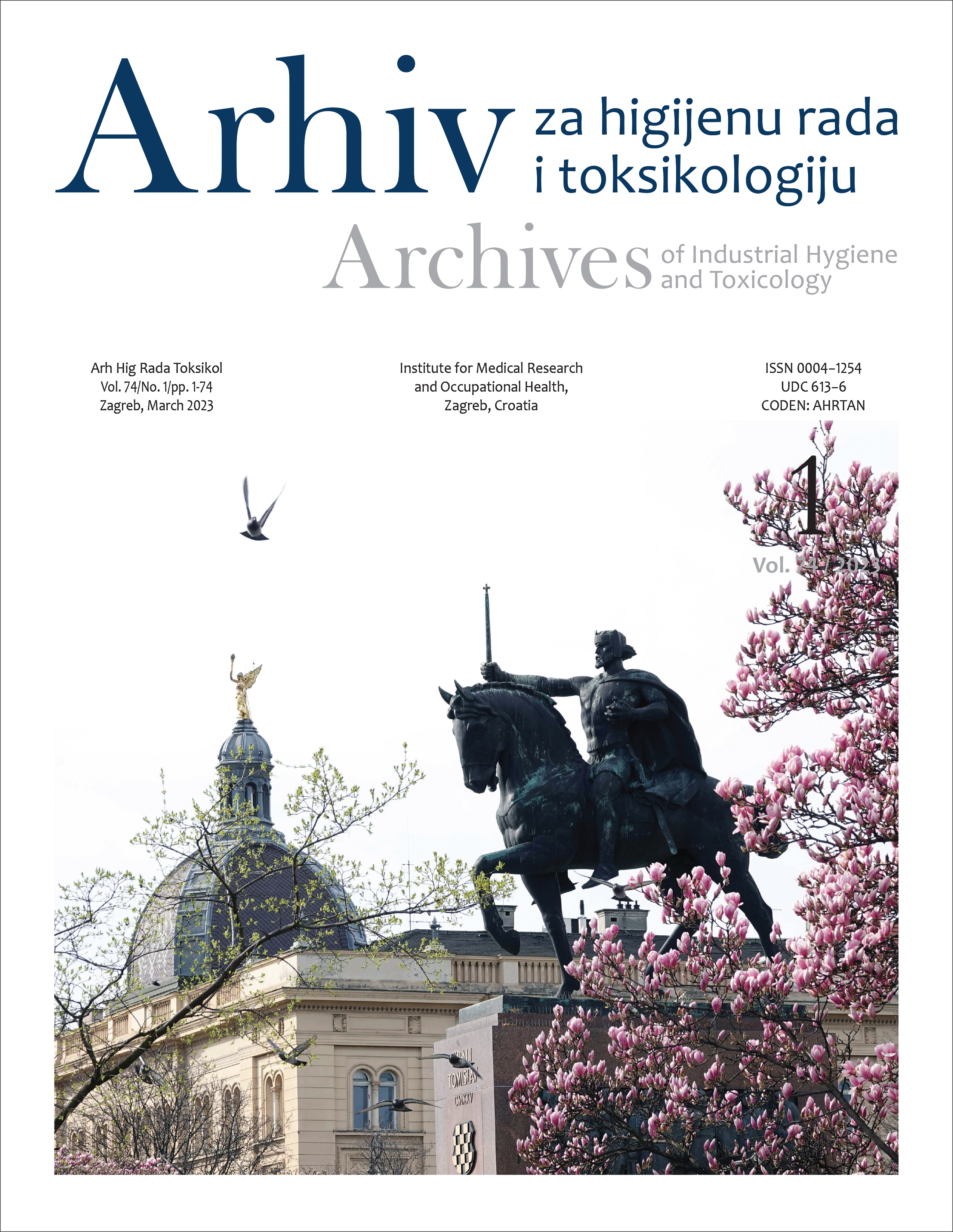Energy and emission properties of burley tobacco stalk briquettes and its combinations with other biomass as promising replacement for coal
DOI:
https://doi.org/10.2478/aiht-2023-74-3630Keywords:
combustion products, heat value, nicotine content, renewable energyAbstract
As a tobacco producer, Serbia has to deal with large amounts of leftover tobacco stalks after harvesting. One option for this type of biomass is to burn it, but burning is not encouraged in Serbia, since the levels of its combustion products have not been investigated yet. The aim of this study was therefore to determine the elemental composition, ash and nicotine content, heat values, and composition of gaseous combustion products of tobacco stalk briquettes and to see if their mixing with other types of biomass available in Serbia could improve their ecological profile. We made 11 different types of briquettes: six of pure raw materials, including burley tobacco stalks, sunflower head remains, wheat straw, corncob, soy straw, and beech sawdust and five by mixing tobacco stalks with these other raw materials in a 50:50 mass ratio. All briquettes meet the ecological criteria regarding the emission limits for nitrogen oxides (NOx), sulphur dioxide, carbon monoxide, and carbon dioxide. Nicotine content in flue gases (<10 mg/kg) is far below the maximum level allowed by the European Union. Heat values of all biomass samples are acceptable, although lower than those specified for solid biofuels (≥16.0 MJ/kg), save for corncob and beech sawdust and their mixtures with tobacco stalks. Our findings therefore encourage the use of tobacco stalks as a viable biofuel.














